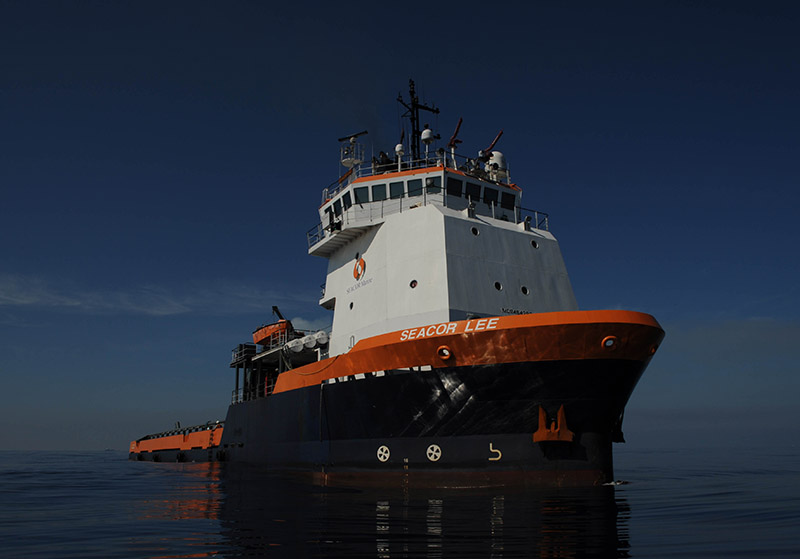The basic relationship between a vessel owner/operator and a charterer is usually controlled by a master time charter agreement. It provides the basic framework for the relationship and outlines the obligations of each party.
But charterers often bring third-party contractors aboard vessels, and the master time charter may not cover the risk associated with it. What controls the relationship between the owner/operator and third-party contractor?
It is common practice for owners to request that third-party contractors execute a vessel boarding agreement (VBA, or access agreement) to manage the risks. The VBA is usually a simpler document than the master time charter. It incorporates the key risk management provisions needed to provide the owner and third-party contractor protection and predictability in the event of personal injury or property damage on the vessel involving property or personnel belonging to either party.
The critical provisions of VBAs include:
1) Indemnity: While an industry standard “knock for knock” is almost always preferable, some form of indemnity should be obtained in order to gain some level of predictability and insurability concerning risks posed by the presence of the third-party contractor.
2) Insurance requirements: Both the owner and third-party contractor should request and confirm that each has sufficient coverage and limits, and that the insurance be endorsed with full waivers of subrogation naming both as additional insureds on the other’s policy.
3) Possible deletion of the watercraft exclusion: The exclusion should be examined in order to determine whether a request for deletion should be made. Not all watercraft exclusions are created equal, and it can be difficult under some circumstances to obtain deletion.
Failure to fully consider these provisions can have severe consequences. For example, in Johnson v. Seacor Marine (Fifth Circuit 2005), the defendant requested that a third-party contractor execute a VBA that included a “knock for knock” indemnity provision, required that Seacor Holdings be named as an additional insured, and included a waiver of subrogation and the deletion of the watercraft exclusion. The parties executed the VBA, and employees of the contractor were later injured and sued Seacor, who then sued the contractor and its insurance carrier seeking defense and indemnity under the VBA.
On appeal, the Fifth Circuit addressed the issue of whether the insurer was obligated to provide defense and indemnity to Seacor pursuant to the VBA. While the agreement required the deletion of the watercraft exclusion, the insurance certificate provided to Seacor showed that the exclusion was never deleted. Therefore, the court found that the exclusion prohibited coverage.
In an attempt to circumvent this failure, Seacor also sought recovery for negligent misrepresentation and equitable estoppel. However, the court found that Seacor could not prevail because the evidence showed that the certificates were accurate, were not reviewed by Seacor, and that Seacor had transported the third-party contractor’s employees after the revocation of the VBA (along with employees of other contractors with whom it had no executed VBA). Consequently, Seacor could not show reliance to its detriment on any misrepresentation.
VBAs require more than just a passing glance and should be an integral part of an owner’s risk management structure. Failure to harmonize a VBA with the master time charter agreement and to be diligent in verifying the representations made can leave an owner/operator exposed to significant and costly risk.
The views and opinions expressed in this post are the author’s and not necessarily those of WorkBoat.




